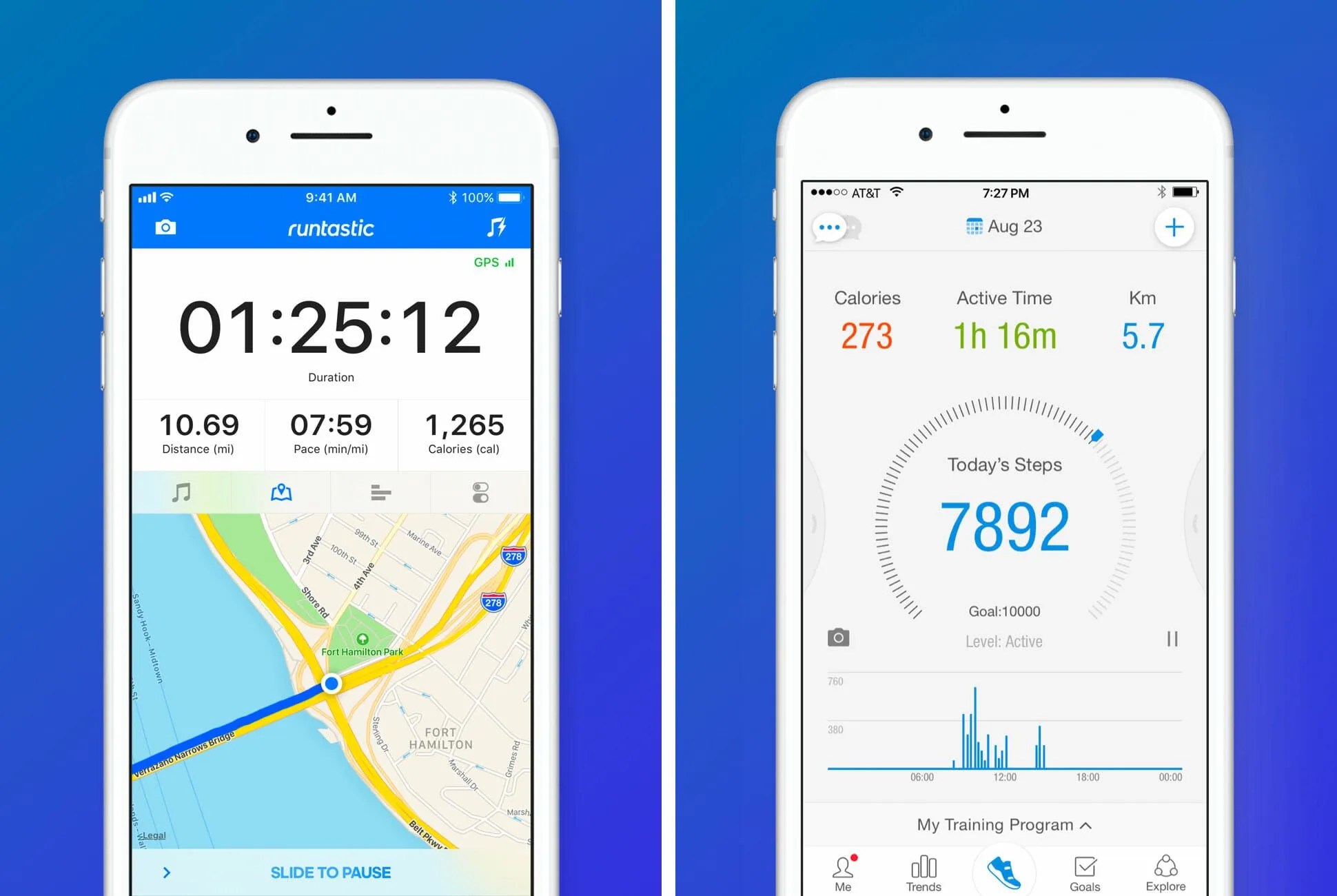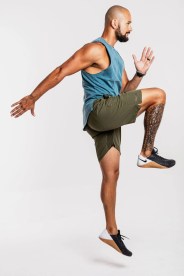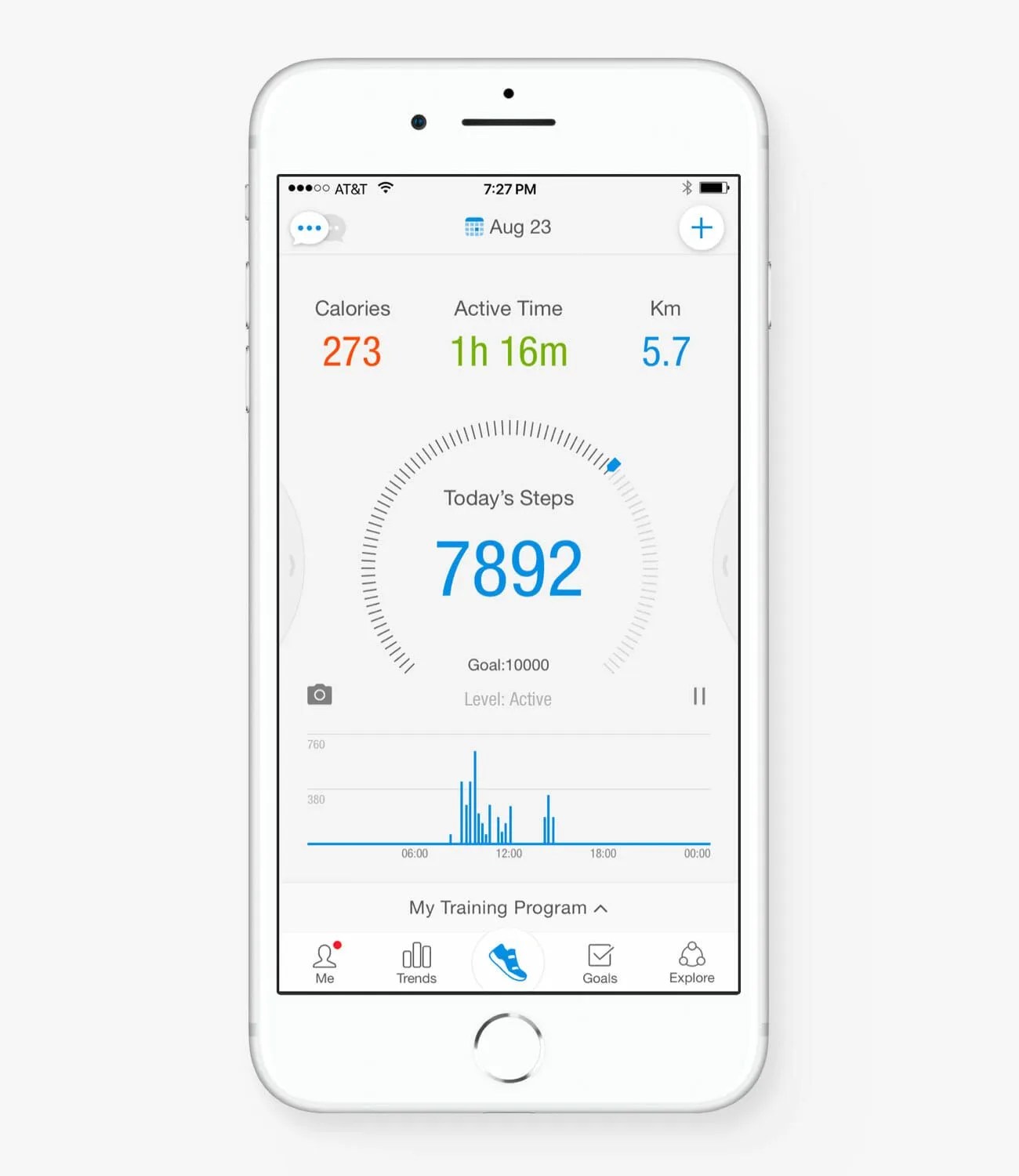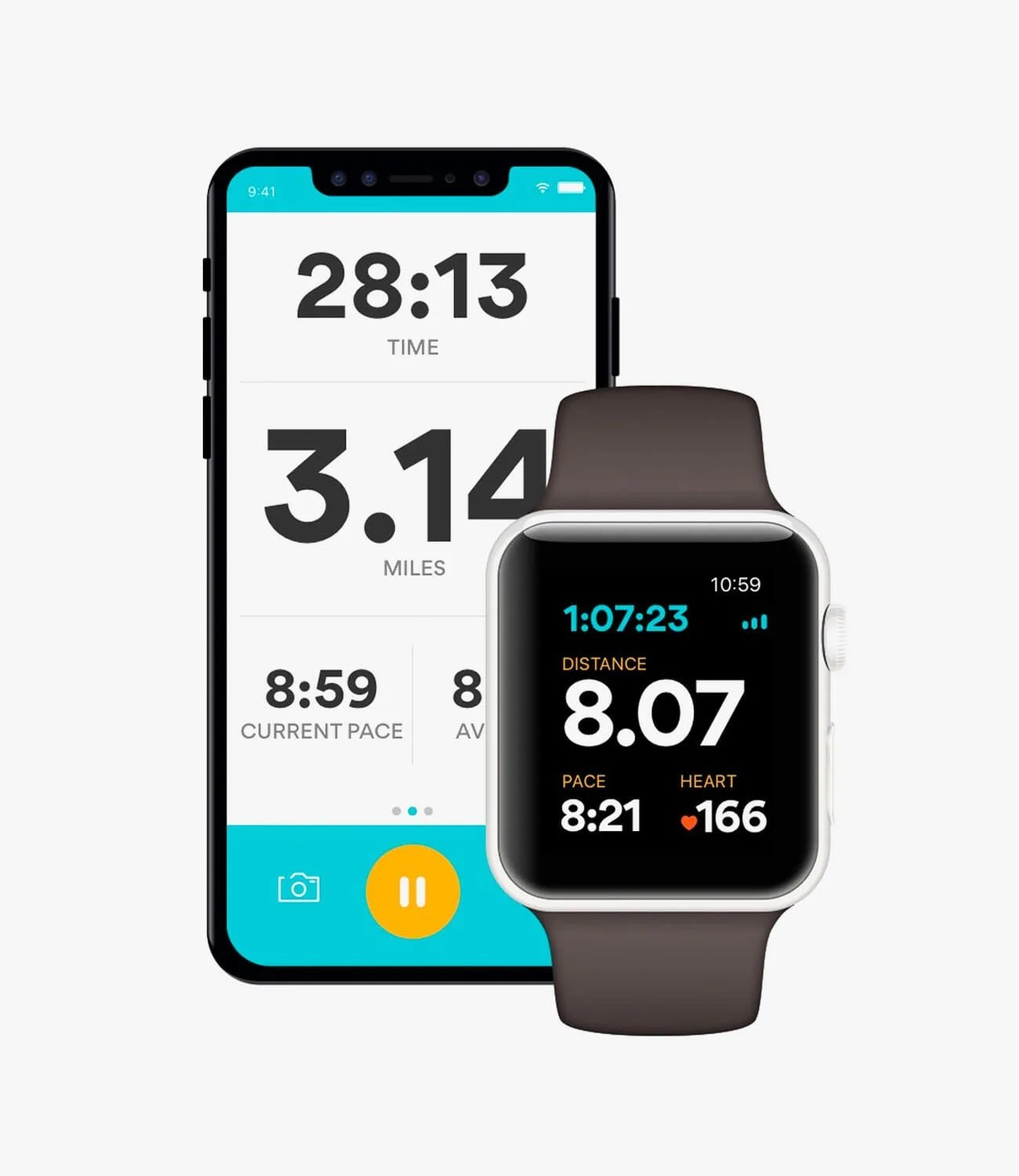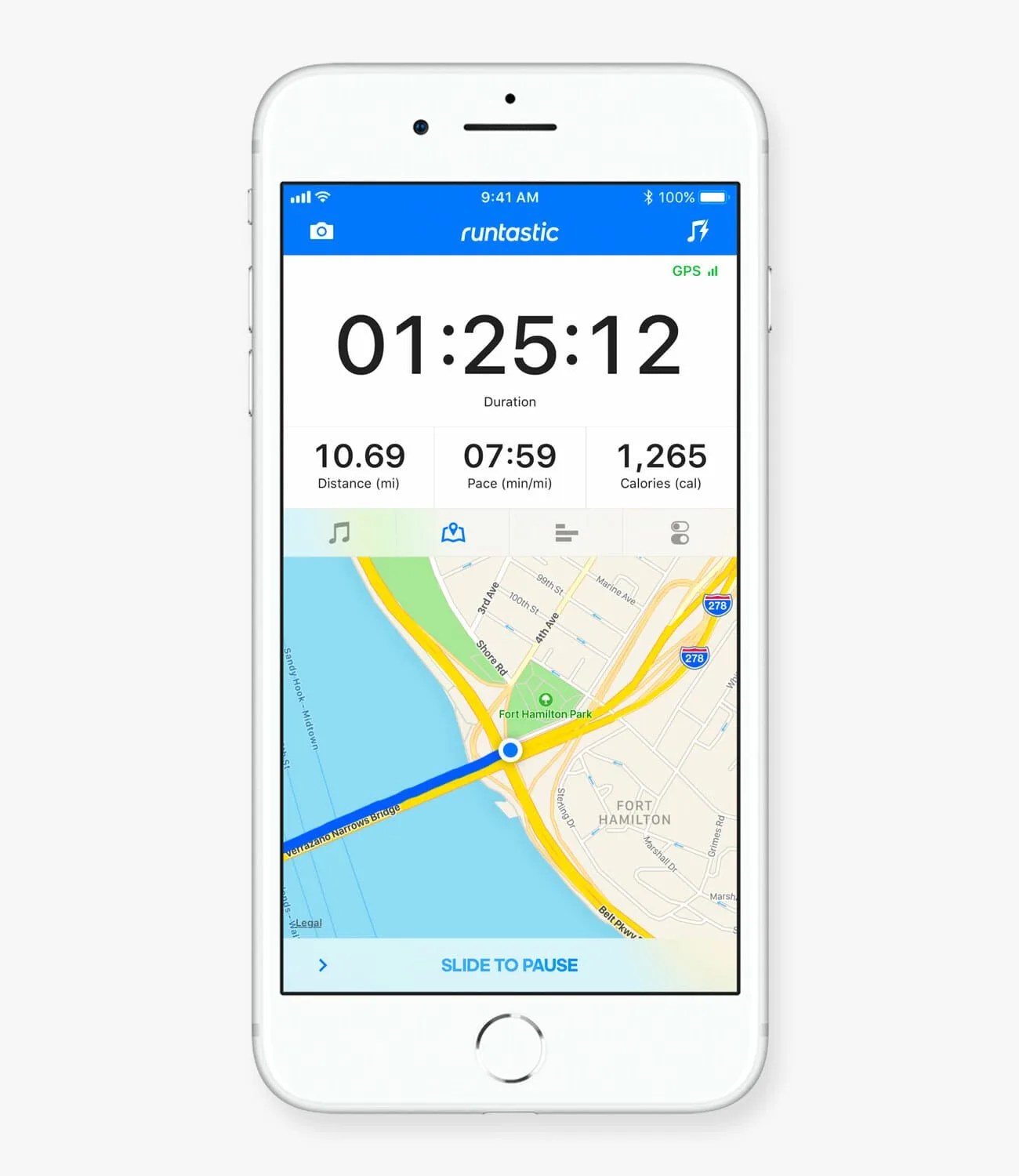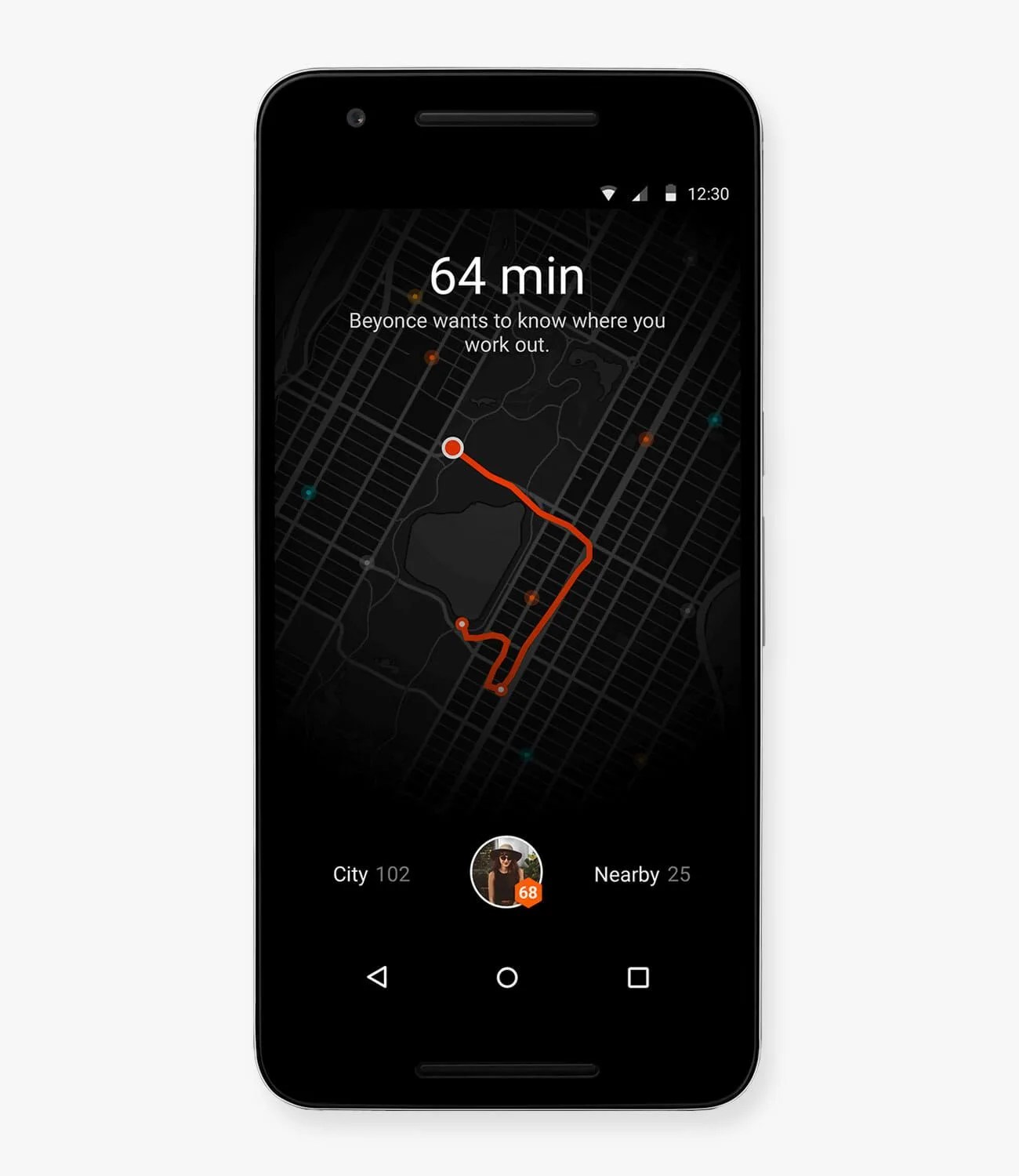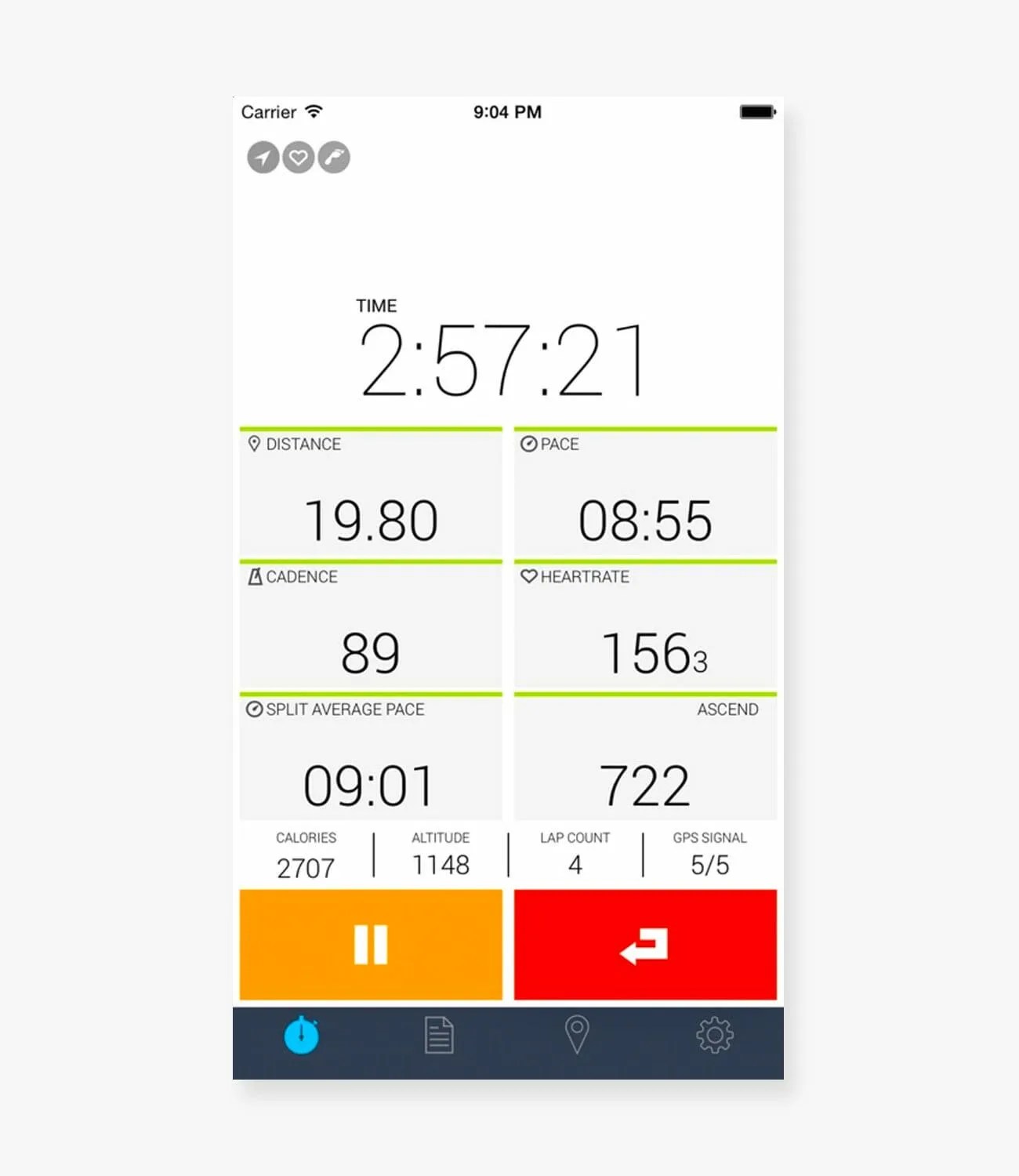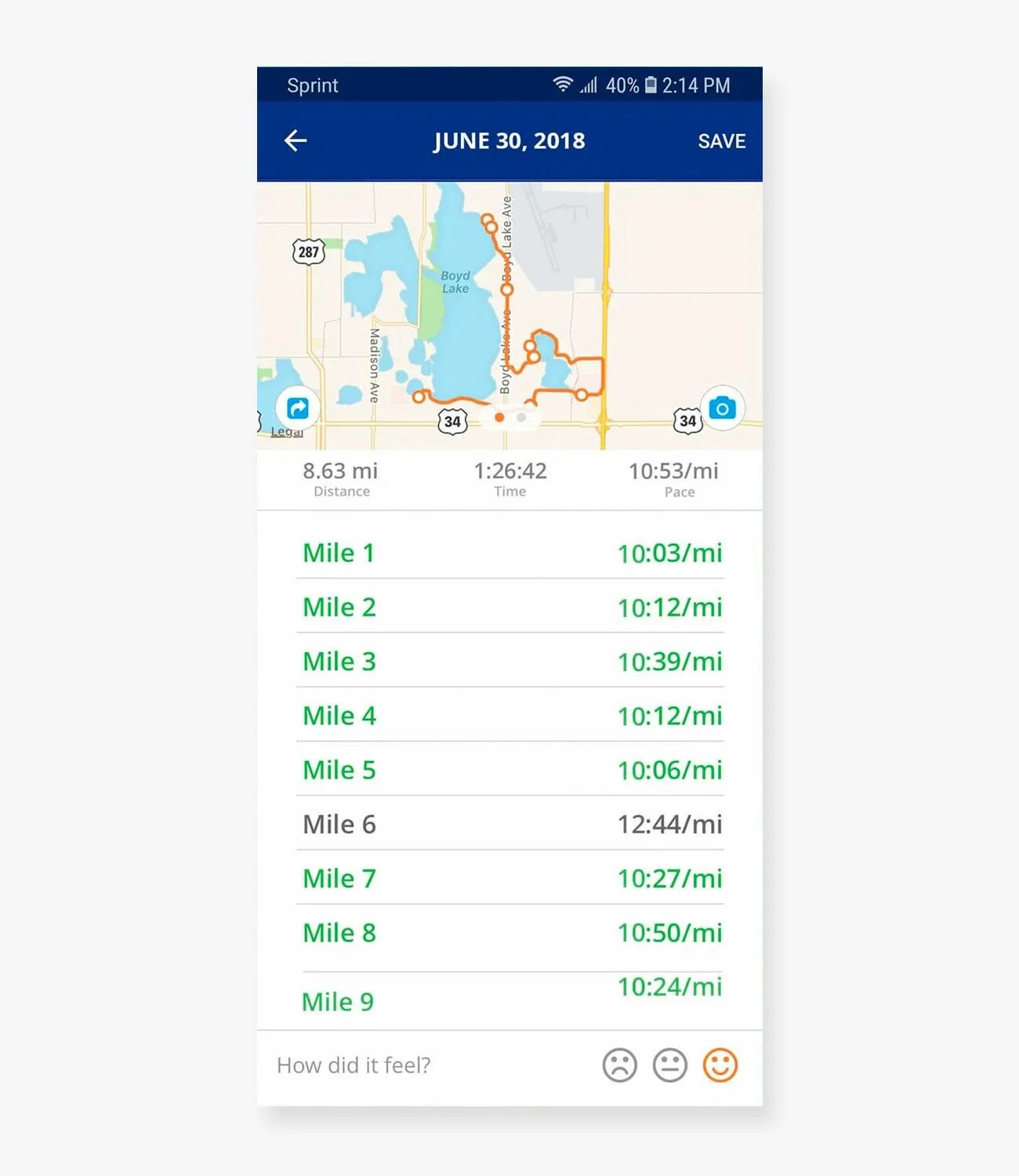It’s early spring, and that means the start of a summer race training block is imminent. Let’s say you’ve successfully finished a few halves or even a full — but have you raced them? You know what it takes each week to log upwards of twenty to forty miles, and have carved out the appropriate time to make sure you’re in good physical shape for race day. The logical next step is to learn how to run faster.
One way to get quicker is to start running with faster people, join a local track club and challenge yourself weekly with a new pace group. If joining a club isn’t in the cards for you, apps can help you hit those quicker pace times. It can be intimidating for any runner — from the greenest to the fastest member of the local track club — to take next steps beyond “run more,” so here are six easy-to-use training apps and some tips and tricks to help you get faster.
Initially, you’ll want something that tracks and logs the following: mileage (daily, weekly, monthly), duration, per-mile splits and GPS. You can expect these basic features from most free apps. Some other in-app features that are useful include elevation gain, calorie counters and a degree of programmability so you can map out different routes and workouts depending on what type of run you want to do on any given day.
Where to Start When You’re Just Getting Started
Believe it or not, the free basic versions of certain fitness apps are the way to go. The majority of them have a timer, a lap clock and pace, which is precisely what you need. Try Pacer, Runkeeper and Runtastic. All three are available for Android or iOS and track every mile logged, so you have a baseline of how many miles you’re running each week and how fast those miles are. Knowing your pace per mile, and how that changes over long and short runs, is key to starting speedwork. Runkeeper and Runtastic also track your running shoe mileage, so you know when your shoes have worn out, and it’s time to upgrade to a new pair.
If you feel like you’re not yet in serious running shape, building your endurance and aerobic base is crucial. Once you’re in the routine of logging 15 to 20 miles each week, it’s easy to swap out a 5K easy day for a day of speedwork. These apps have bright, easy-to-use interfaces that keep track of the miles you’re logging. Aside from tracking your training distances, these apps help you stay motivated, showing the progress you are making in terms of distance and time and sending motivational push messages. Additionally, the majority of these apps also offer upgrades which include smart coaches and training plans that cater to a variety of race distances — but you don’t need these to start to learn how to run faster.
